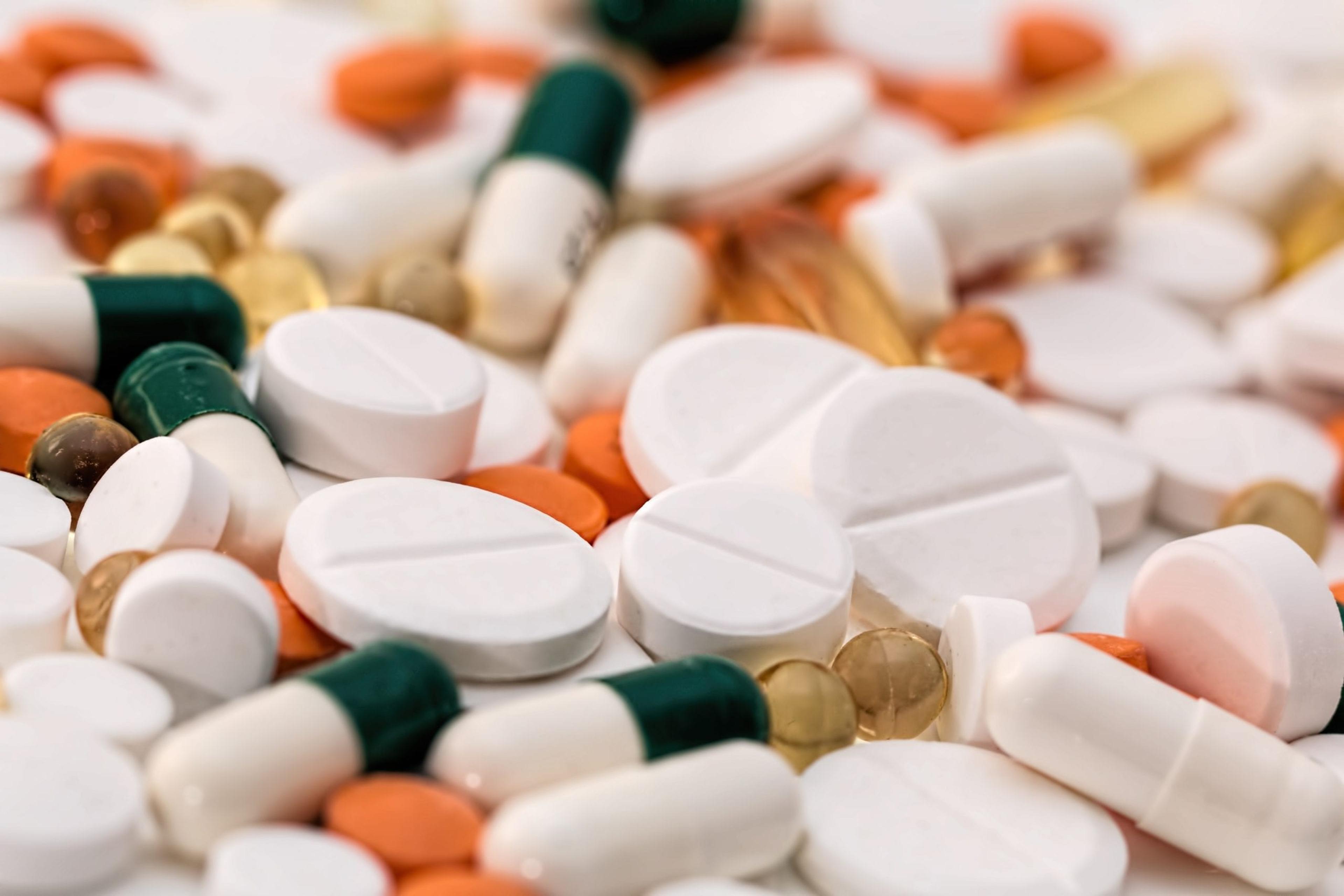National Pharmacist Day recognizes important team care approach
Laura Ortiz
| 3 min read

National Pharmacist Day 2019 is January 12. It’s observed annually to increase awareness about the important work pharmacists do and the positive impact they have in health care. Considering most people’s interactions with pharmacists are intermittent and brief – perhaps a few minutes every 30 to 90 days when they pick up prescriptions – the perception is that most pharmacists mainly just dispense medications. The role has changed quite a bit since the earliest pharmacists in recorded history in 2100 B.C.E. wrote formulas and instructions on clay tablets for use of medicinal herbs, tree bark, beer and wine. Their role today is much more collaborative as many serve as interactive members of health care teams. “National Pharmacist Day recognizes the positive impact pharmacists have across health care,’’ said Jacob Chaffee, clinical pharmacist in Pharmacy Clinical Management at Blue Cross Blue Shield of Michigan. “At Blue Cross, our pharmacists work hard to ensure members have access to safe, high-quality prescription medications.” It’s a huge responsibility, considering that 70 percent of the population regularly takes at least one prescription drug; many more get prescriptions for brief periods. Chaffee said National Pharmacist Day is important because it recognizes the various ways a pharmacist can help patients receive better health care. Alexandra Lin, manager of Pharmacy Services at Blue Cross, added, “In recent years, clinical pharmacists have stimulated great interest from key stakeholders as an integral member of the patient care team in the ambulatory care setting.’’ She said both the American College of Physicians and The Centers for Disease Control and Prevention have recognized that pharmacists are active participants in team-based care. Lin said Blue Cross supports the Michigan Pharmacists Transforming Care and Quality initiative that specifically focuses on integrating clinical pharmacists into primary care settings to help improve patient care and outcomes. “Clinical pharmacists work directly with patients one on one to manage their conditions such as high blood pressure, high cholesterol and diabetes, she said. “Data collected through this collaborative has shown reductions in A1c levels for patients with diabetes and lower blood pressure levels for patients with high blood pressure.” Chaffee added, “We have pharmacists who work in care management, public policy, developing covered drug lists, reviewing prior authorization requests for safe and appropriate use, even monitoring the pipeline for new drugs – all with the same goal in mind, which is to ensure our members have access to affordable medications.” Today’s clinical pharmacists complete six to eight years of undergraduate and professional education leading to the Doctor of Pharmacy (Pharm.D.) degree. Many also complete one to two years of accredited postgraduate residency training as licensed clinical practitioners, where they work in team-based settings under the guidance of expert practitioners in clinical pharmacy and other specialty health disciplines such as cardiology, oncology, geriatrics and pediatrics.
Pharmacy Facebook Live
Members can engage with Jacob Chaffee, clinical pharmacist at Blue Cross, on January 9 from 4 to 4:30 p.m., during a Facebook Live event leading up to National Pharmacist Day. Chaffee will address the positive impact that pharmacists have in health care and answer questions about what members can expect from their pharmacy coverage. You can get in on the conversation by joining the Facebook event. If you'd like to read more about the important work of pharmacists, check out these posts:





